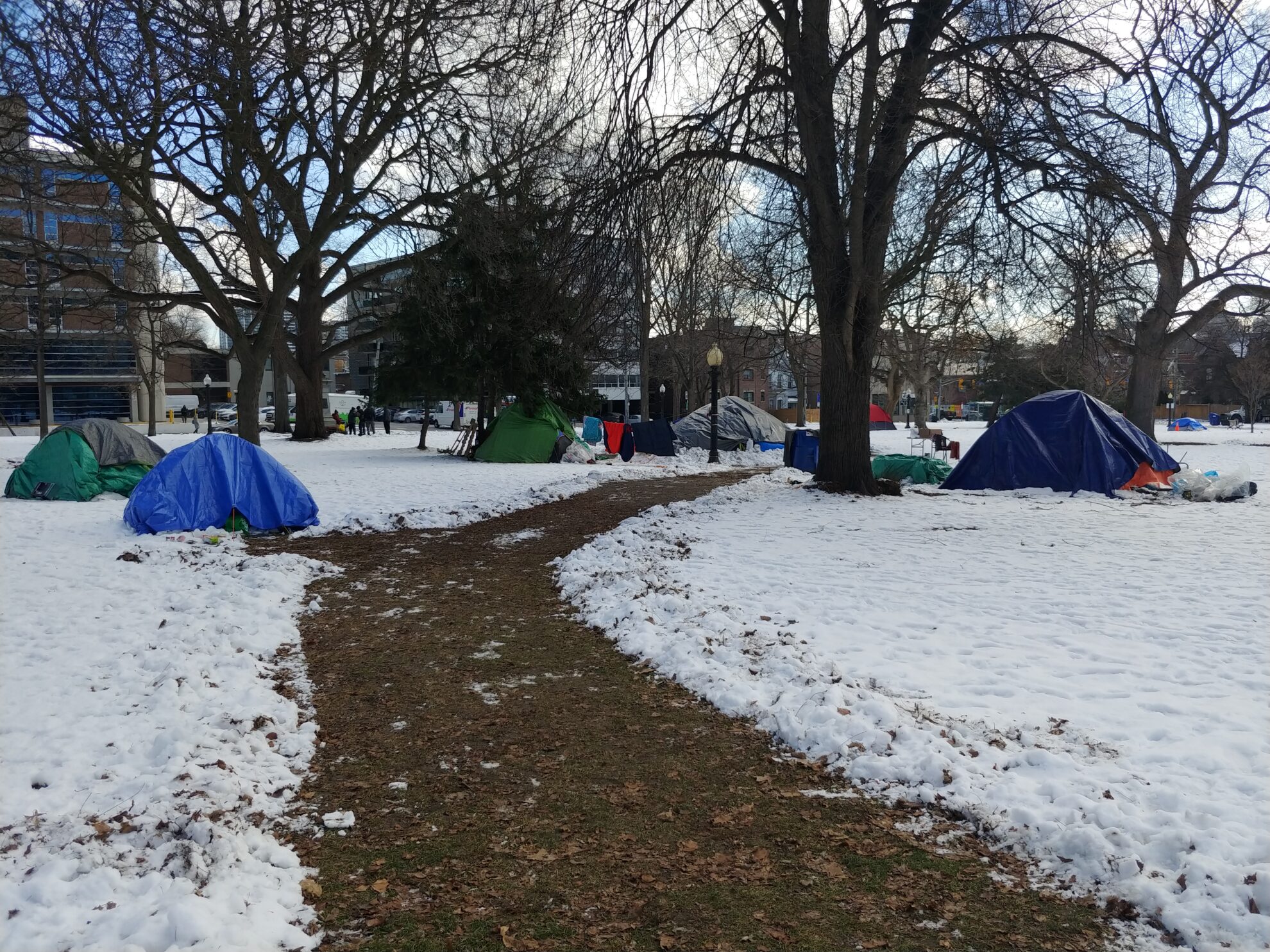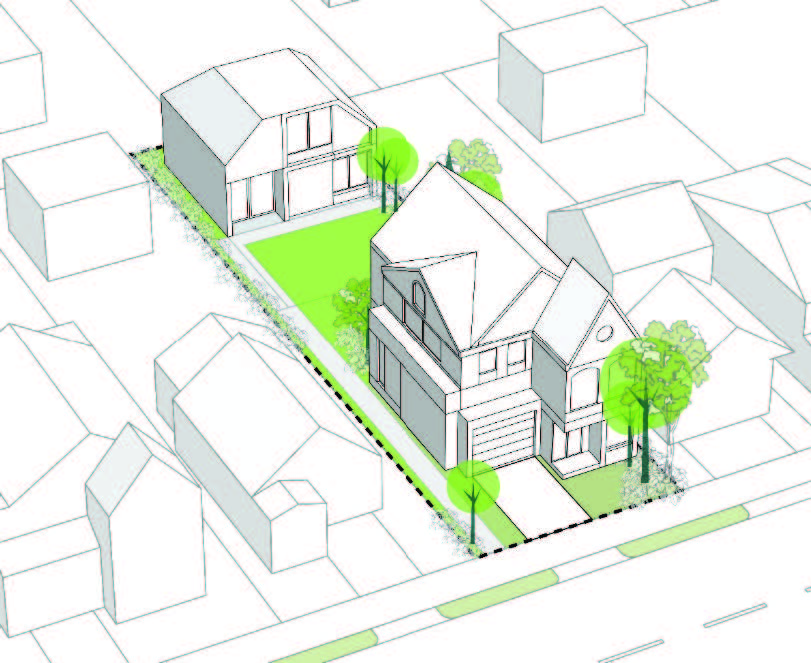By Patricia Ellah –
Last year, the City of Toronto reported that 110 people died in homeless shelters. This count does not include homeless people who died on the streets, in hospitals or elsewhere.
Gord Tanner, general manager of Toronto’s Shelter, Support and Housing Administration, agreed in an interview that these deaths were tragic. According to him and reports from the city coroner, the leading cause of death in shelters are toxic drugs and inadequate support.
Users of Toronto public transportation in the last few years have noticed an increase in more people living in the subway systems. Walking around the city, it’s easy to spot people sleeping outside on the concrete.
The city has always had people sleeping outside without a roof over their heads, but that number has increased significantly. During the pandemic, an economic shift including rising rents left many Torontonians evicted. As this shift evolved into an economic crisis with high food prices, rents have continued to increase. This inflation puts pressure on those who are not wealthy to pay consistent rent, and keep up with regular monthly fees and bills.
When asked what is prompting the increase of homelessness, Tanner cites the cost of living and the affordability crisis. “The cost of a one-bedroom or bachelor [apartment] is well above the income support many people receive.”
Many of those who are homeless are proof of systemic challenges, he suggested: “people being released from corrections directly to the street, the mental health crisis, the drug crisis and the high number of refugees arriving in shelters.”
Reducing homelessness is a group effort among several city administrations and departments, Tanner said. Asked if the city felt that more people choosing to live on the streets instead of in government-funded shelters reflected a failing shelter system, he said “No, I think we are doing our best at providing support.”
Doug Johnson Hatlem, an anti-poverty activist and social worker who presented to the Mayor of Toronto’s office the report on increased deaths in homeless shelters, feels differently. Hatlem operates Sanctuary, a Christian-run building on Charles Street, that helps those who are in need, including people without homes.
Sanctuary, Aboriginal Legal Services, the Advocacy Centre for Tenants Ontario, Black Legal Action Centre, the Canadian Civil Liberties Association and HIV & AIDS Legal Clinic Ontario together have sued the City of Toronto regarding standards at its shelters. In relation to the Covid-19 pandemic, they asked the city to require two meters distance between beds to reduce infection and disease rates.
Before the pandemic, the city had beds close together, overcrowding rooms with bunk beds and single beds almost centimeters apart, Hatlem explained. The city agreed to comply with the two-meter rule, in all directions, but spent the next few months cutting corners. The city provided the parties with weekly reports that falsely said it was in compliance with the agreement, stated Hatlem.
The advocacy group filed a notice of a motion July 3rd, 2020, claiming that as of July 15, 2020, the city was not in compliance with the agreement, they did not achieve physical distancing and needed to answer questions about the weekly reports. Hatlem felt that “It would make a difference if the government did not cut corners.”
When asked about the current distancing between beds, Tanner says the city has reduced it to 1.25 meters to make room for 500 more beds this winter. I asked if he felt it was safe to close the gap between beds, because although the pandemic seems to be dwindling, people are still getting sick at an alarming rate. The spread of other illnesses could also be stopped if the two meters was maintained as a standard. Tanner pointed out that only eight deaths in shelters last year were from Covid, and said there’s only one outbreak of Covid now in all the city’s shelters.
How many more people will die in shelters this year? Since the number has been increasing since 2020, a number higher than 110 can be expected. This is more than tragic, it’s appalling. People who really need the shelters are depending on the city to care for them.
Tanner admits the life expectancy for those who don’t have a home is significantly lower than for those who do. Poor health, starvation, mental illness and drug issues put people without homes at risk every day.
The city seems unable to provide support that makes a positive difference. Hatlem says the city needs to address the root causes of homelessness, but stated that it is not “a price the city seems to want to pay.”
“The public housing budget needs to be increased. The city needs to make a serious investment into the public and anti-poverty, and not just focus its attention on the police fund. The city needs to focus its attention on those who are not its wealthiest constituents.”




